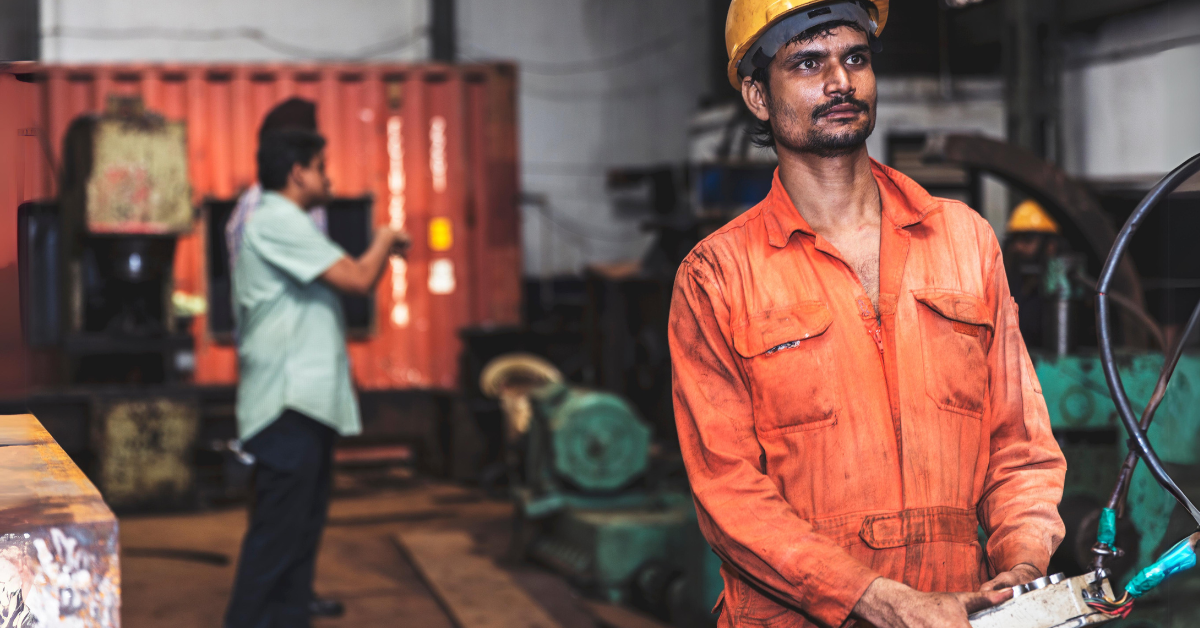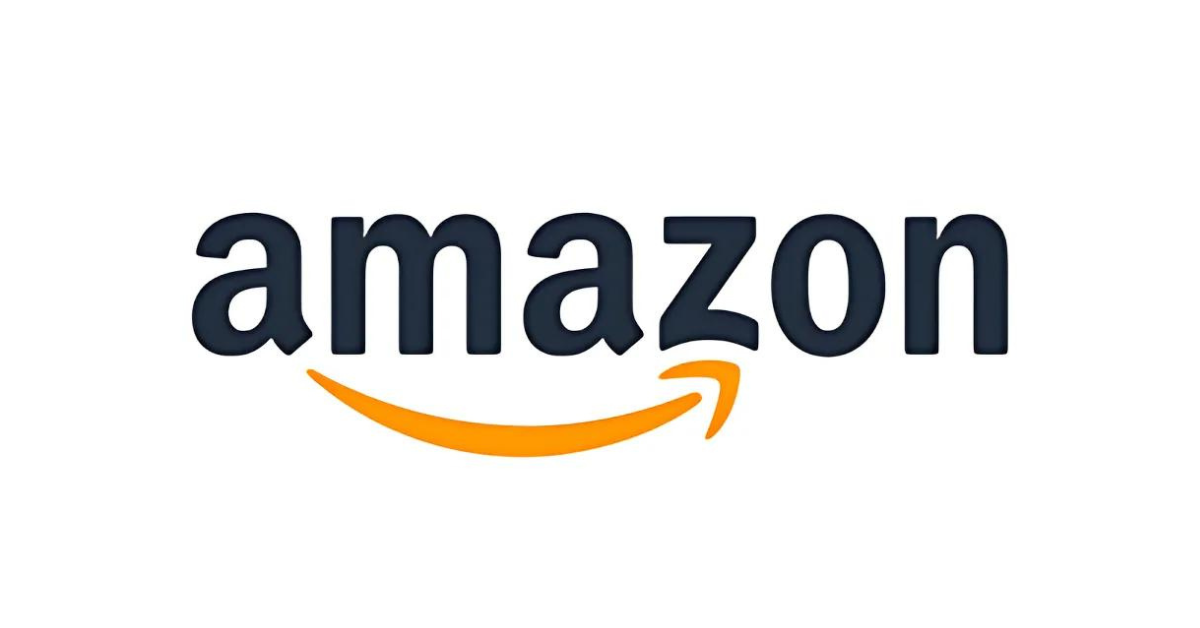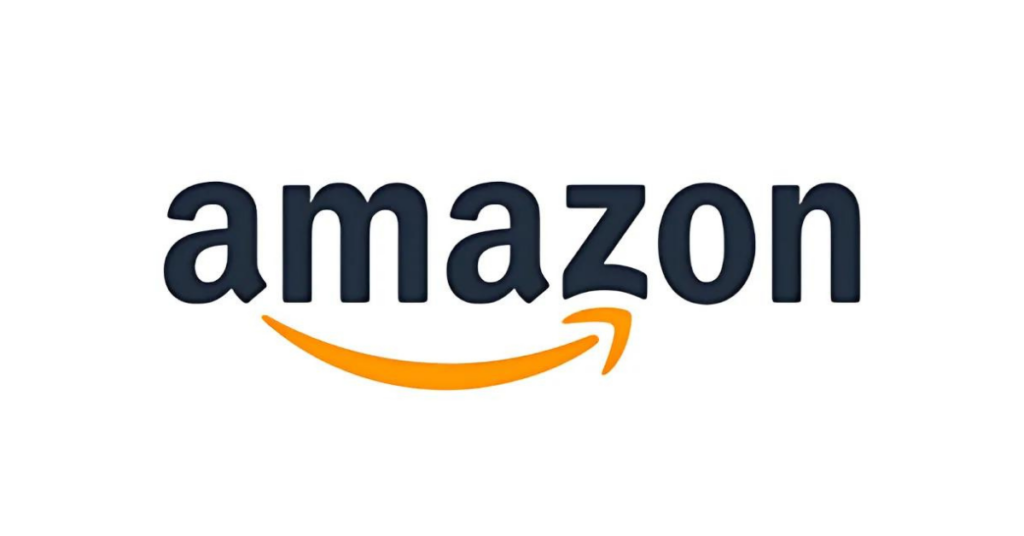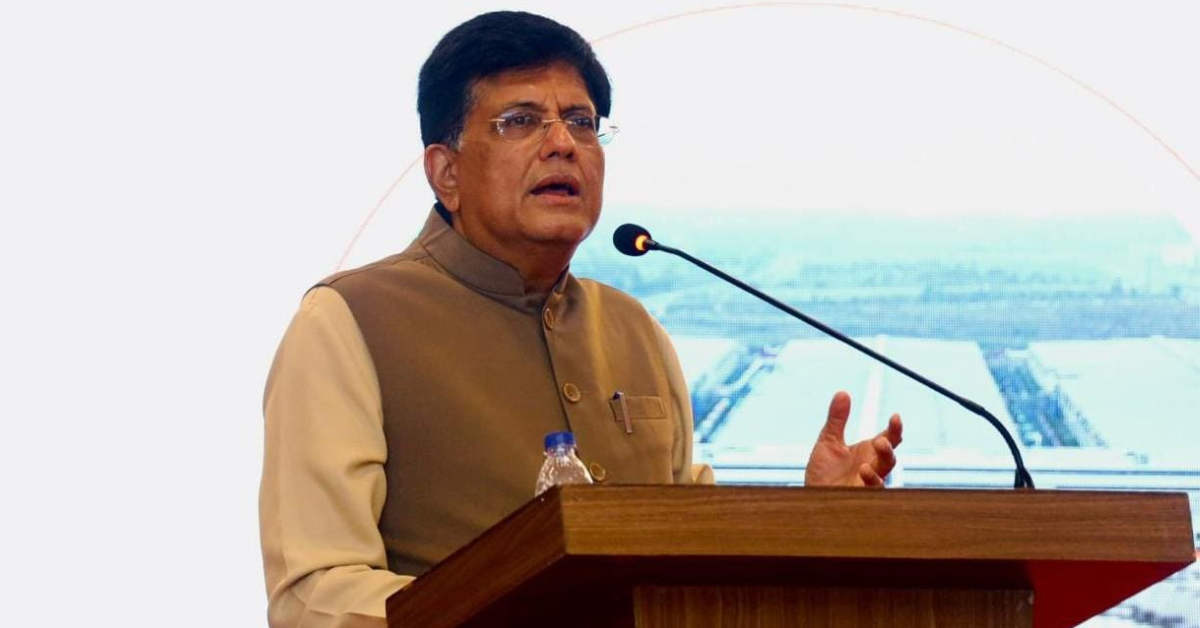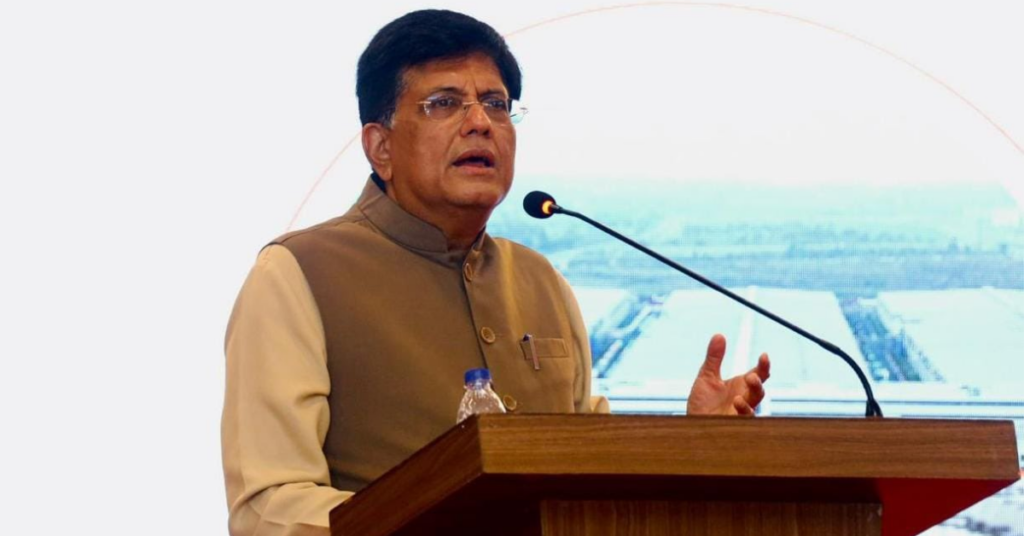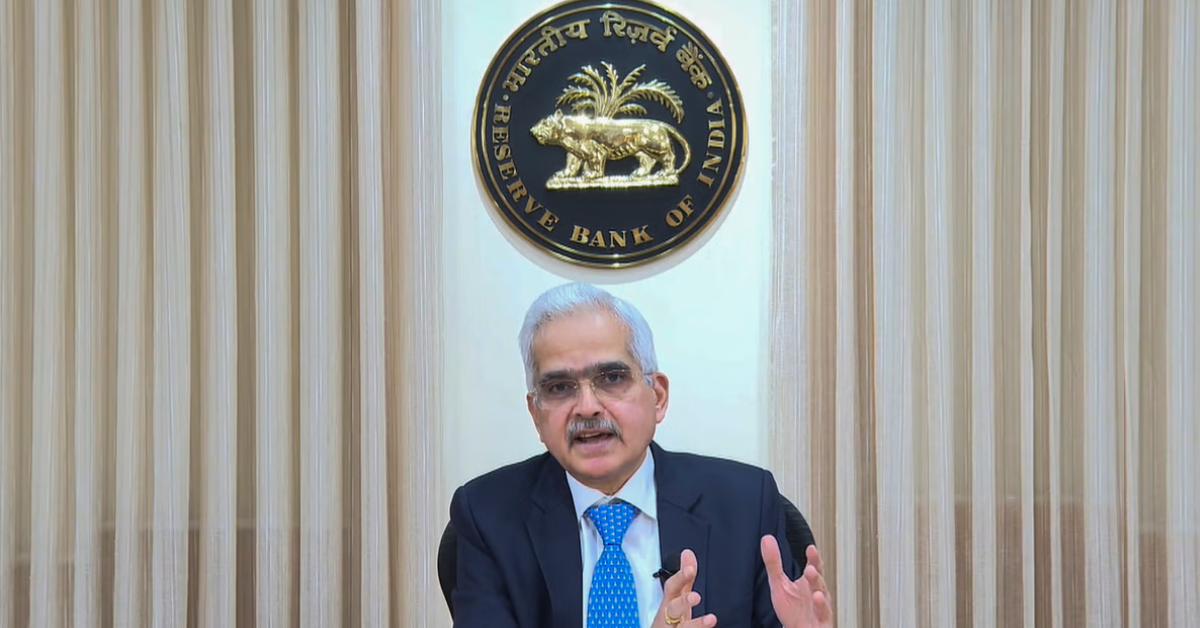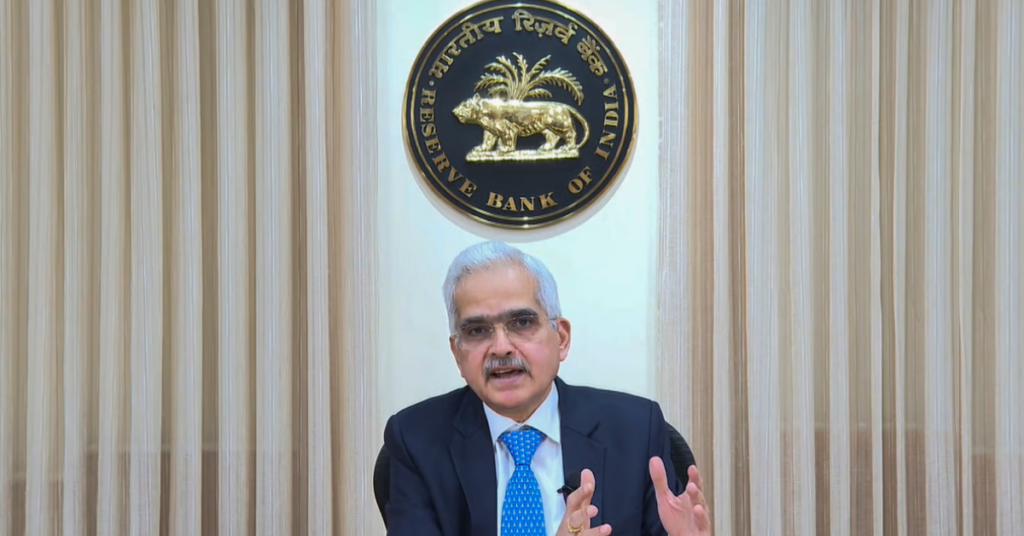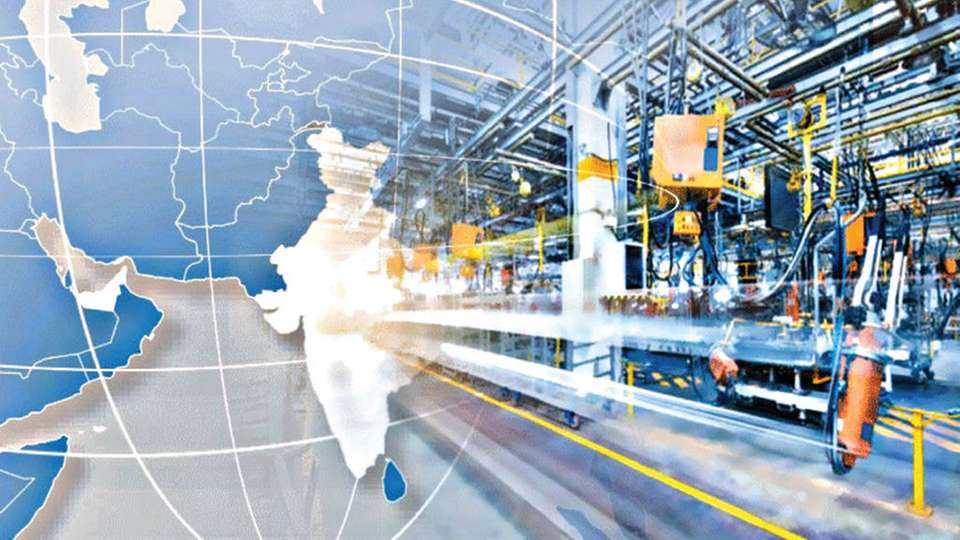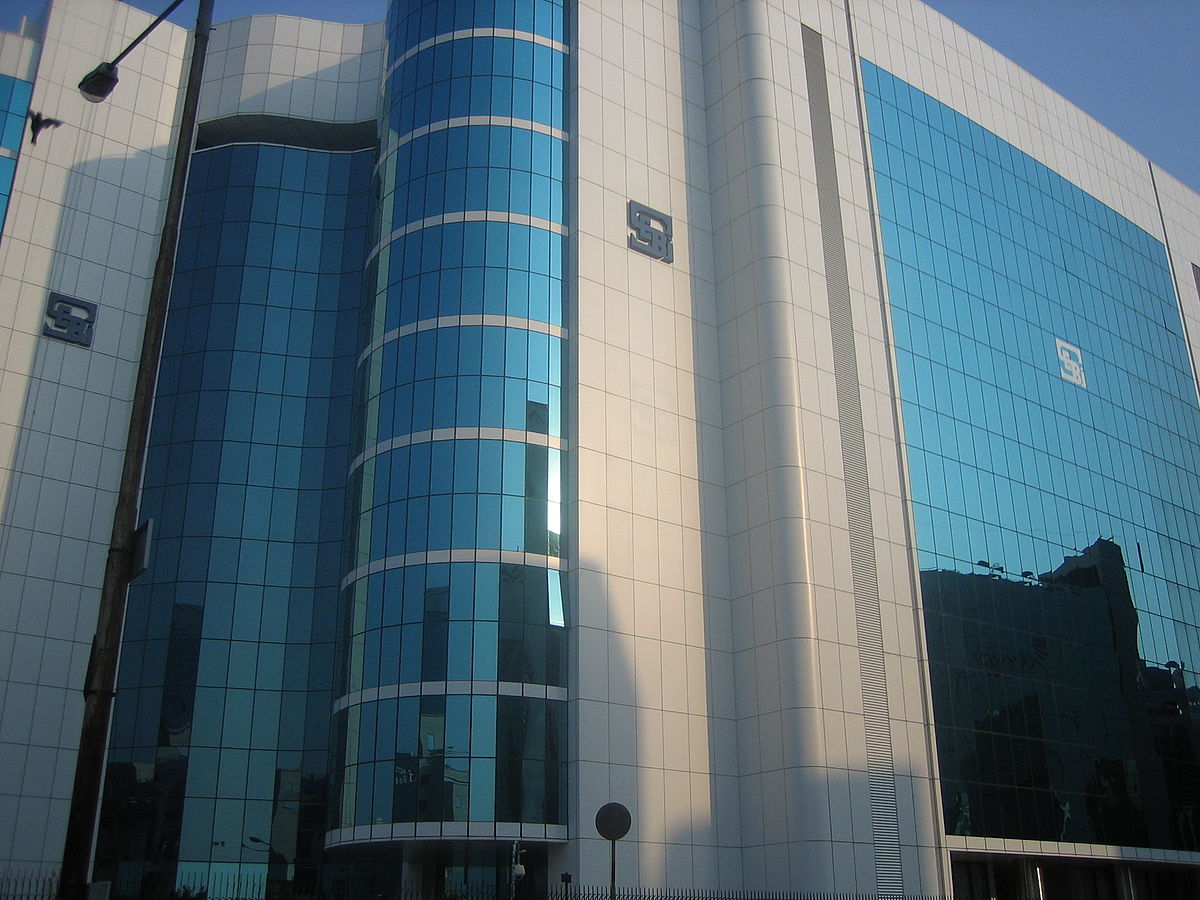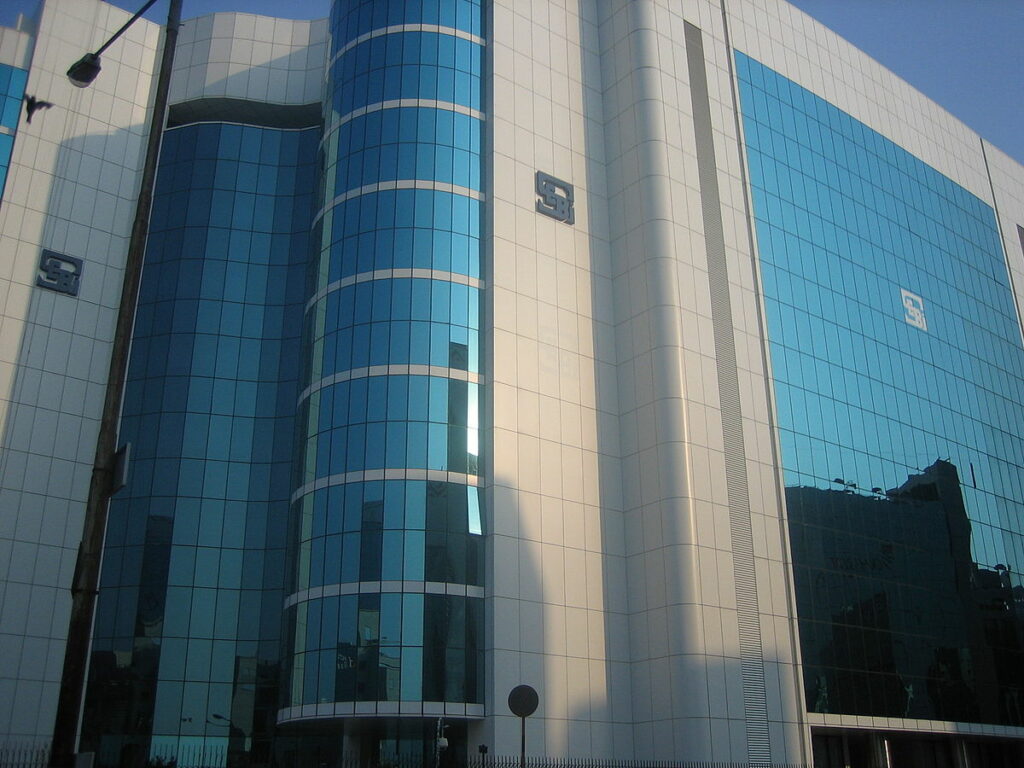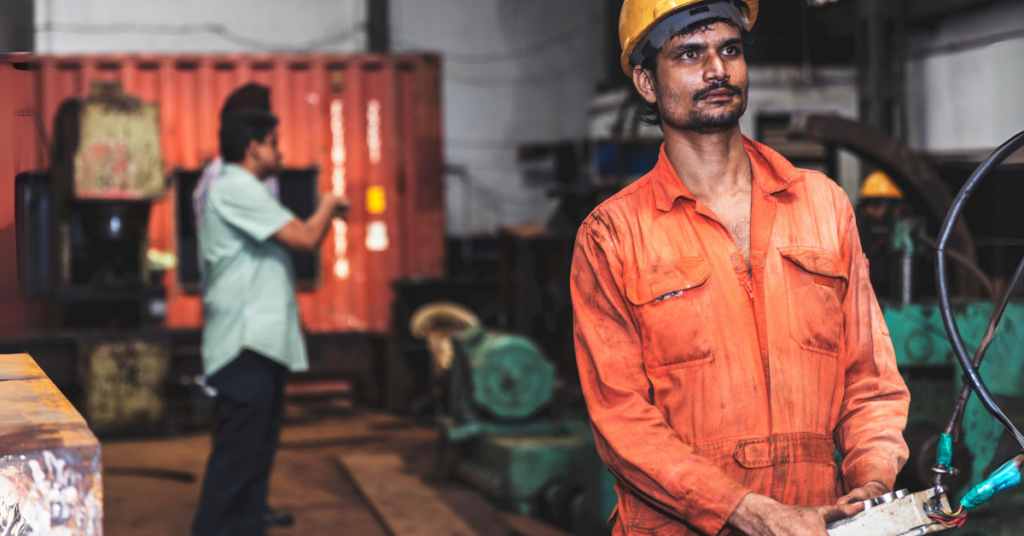
India’s Manufacturing Sector Growth: 7% in Q1 Signals Further Potential
India’s manufacturing sector experienced solid growth of 7% in the first quarter of fiscal year 2024-25, demonstrating its continued potential as a driver of economic expansion. Despite the country’s overall GDP growth slowing to 6.7%, down from 8.2% in the same period last year, the manufacturing sector remains a key pillar of development. This growth, though down 1.9% from the previous quarter, still represents a strong performance compared to the 5% recorded in Q1 last fiscal year.
The Narendra Modi-led government has consistently prioritized the development of the manufacturing sector as part of its broader strategy to transform India into a $5 trillion economy. With initiatives such as the “Make in India” campaign and the Production Linked Incentive (PLI) scheme, the government aims to boost investment, create jobs, and increase the sector’s contribution to GDP.
Initiatives to Boost Manufacturing
India has long recognized the importance of the manufacturing sector in driving economic growth. The government’s focus on developing this sector began with cluster development in 1998 and has continued through various initiatives, including the National Manufacturing Policy in 2011, the “Make in India” campaign in 2014, and the PLI scheme launched in 2020. Most recently, the announcement of 12 industrial smart cities in August 2024 demonstrates the government’s ongoing commitment to creating a robust manufacturing ecosystem.
These efforts have attracted high-profile investments in sectors such as electronics, chip manufacturing, and battery production, although the pace of investment remains slow. Employment in the manufacturing sector saw a significant 7.5% increase in 2022-23, according to the Ministry of Statistics and Programme Implementation (MoSPI).
Future Outlook and Challenges
Despite the government’s efforts, the manufacturing sector faces significant challenges. The Colliers report projects that India’s manufacturing market could reach $1 trillion by 2025-26, though this ambitious target may be difficult to achieve given the current contribution of $0.46 trillion. Additionally, the sector’s share of India’s Gross Value Added (GVA) has declined to 14.27% in FY 2023-24, down from the government’s target of 25%.
The sector also faces volatile growth, with factors such as rising input costs, elevated freight charges, and disruptions in supply chains squeezing profitability. Domestic and foreign demand remain weak, with domestic demand growing by just 4.03% in FY 2023-24 and exports increasing by only 2.63%.
Policy Recommendations
To unlock the full potential of India’s manufacturing sector, the government must focus on stimulating demand, simplifying labor laws, rationalizing GST rates, and supporting MSMEs. The 15% tax initiative for new manufacturing companies has shown promise and should be extended, while the PLI scheme implementation needs to be streamlined to encourage more investment.
By addressing these challenges and continuing its focus on manufacturing, India can strengthen its position as a global manufacturing powerhouse and make significant strides toward becoming a $5 trillion economy.
